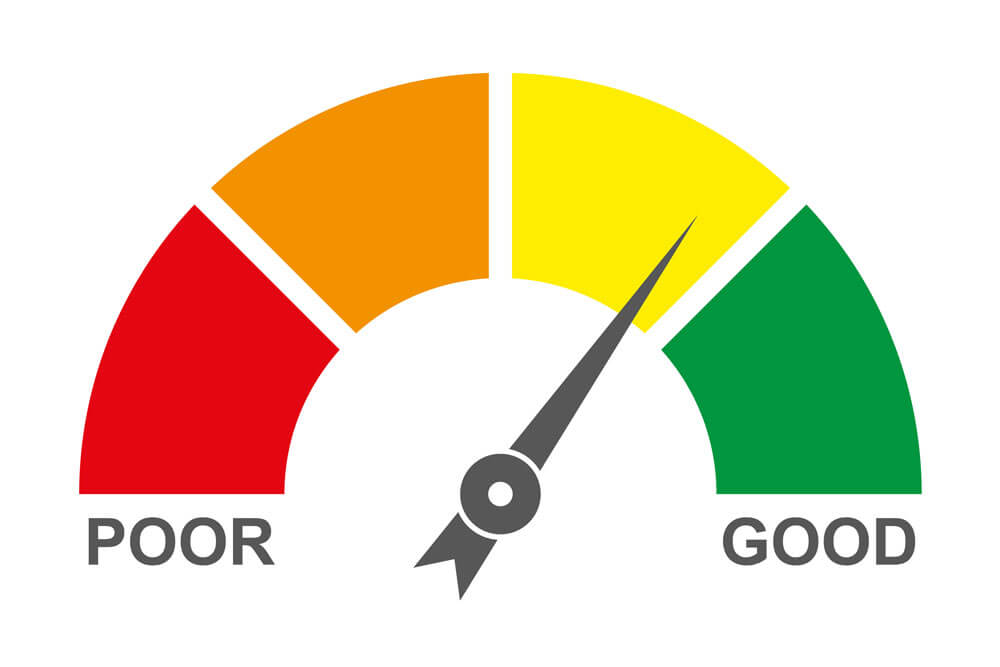According to an online survey by CompareCards by LendingTree, nearly 4 in 10 American adults agreed with the statement “I have no idea how my credit score is determined.” So, what is a credit score and how is it calculated?
What is Credit?
First of all, what is credit? In a nutshell, credit refers to borrowed money. When you apply for a line of credit at a lending institution – whether for a credit card, mortgage, or auto loan – you are applying to have access to a limited amount of borrowed funds. Companies determine the maximum amount they are willing to lend you by considering the likelihood that you will repay a loan. They want to know the risk involved when making lending decisions.
Credit Report and Credit Scores
A few important factors determine the interest rate you are charged for borrowing money. These factors include your annual gross income and your credit report.
While your income plays a big role in your ability to repay a loan, it says nothing about how you have handled loans in the past. This is where your credit report comes in. Your credit report contains your credit history, which informs lenders about key factors such as how often you pay your bills on time, the length of your credit history, the number of times you applied for credit and the debt you have compared to your available credit.
Credit reports can be a lot to review. So, in order to make quicker decisions with consistency, lenders look at your credit score. Your credit score is a three-digit number that summarizes your creditworthiness at a glance.
Having a high credit score can drastically reduce the interest rates you pay.
Credit Score Ranges
It is important to note that not all credit scores are calculated the same way. Every lender has its own strategy and their own standards of what scores they consider acceptable to their lending practices.
The most widely used method is the FICO® Score, which has been around for more than 25 years. FICO® is a registered trademark of the Fair Isaac Corporation in the United States and other countries.
According to FICO®, more than 90% of top lenders use FICO® Scores to make lending decisions every day. FICO® Scores are based on the information in your credit report that credit bureaus (Experian, Equifax, TransUnion) collect from your credit lenders. The scores range from 300 to 850. They are usually ranked along these lines:
| FICO® Score Ranges | Rating | Description |
| <580 | Poor | This FICO® Score is far below the average FICO® Score in the United States and shows lenders that the consumer is a high risk.
|
| 580-669 | Fair | This FICO® Score is still below the average U.S. FICO® Score. Many lenders, however, can still approve loans at this range, though at higher interest rates.
|
| 670-739 | Good | This FICO® Score is slightly above average. The consumer is less of a risk and lenders consider this a good FICO® Score.
|
| 740-799 | Very Good | A FICO® Score in this range is above the average FICO® Score of U.S. consumers and shows the individual can be trusted to pay back a loan.
|
| 800+ | Exceptional | This FICO® Score is well above the average FICO® Score in the United States and demonstrates the individual is a low risk.
|
Knowing your FICO® Scores helps you be financially prepared as you apply for a credit card or look to make a big purchase, such as a vehicle or home. Monitoring your credit report and FICO® Scores brings you the knowledge you need to help reach your financial goals.











